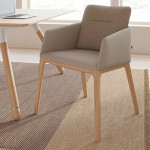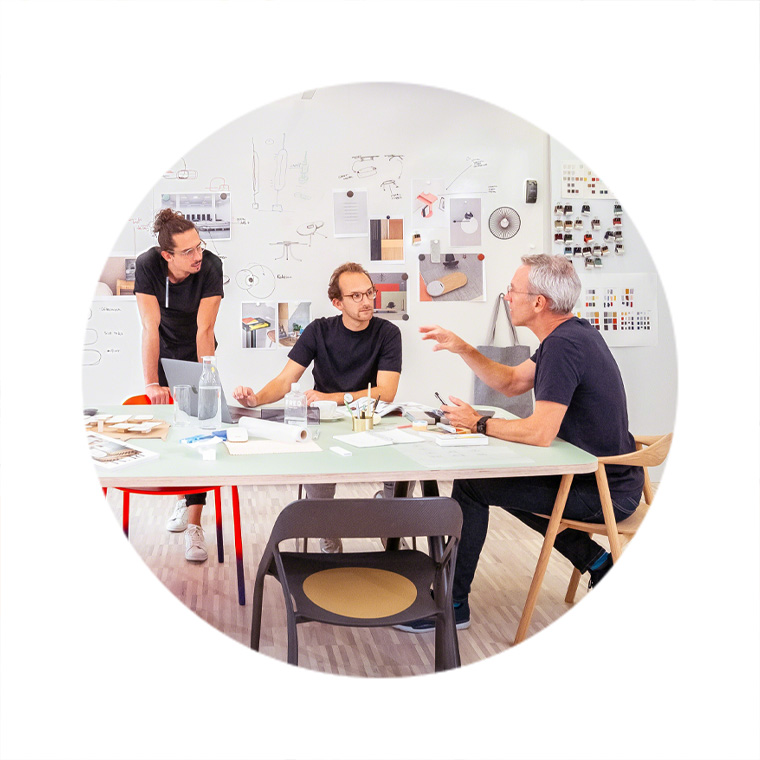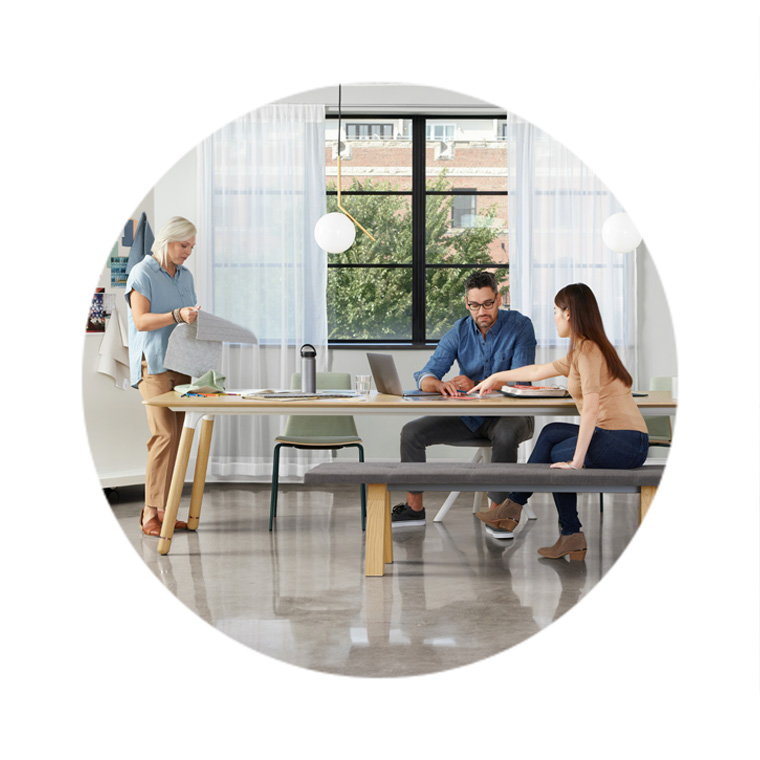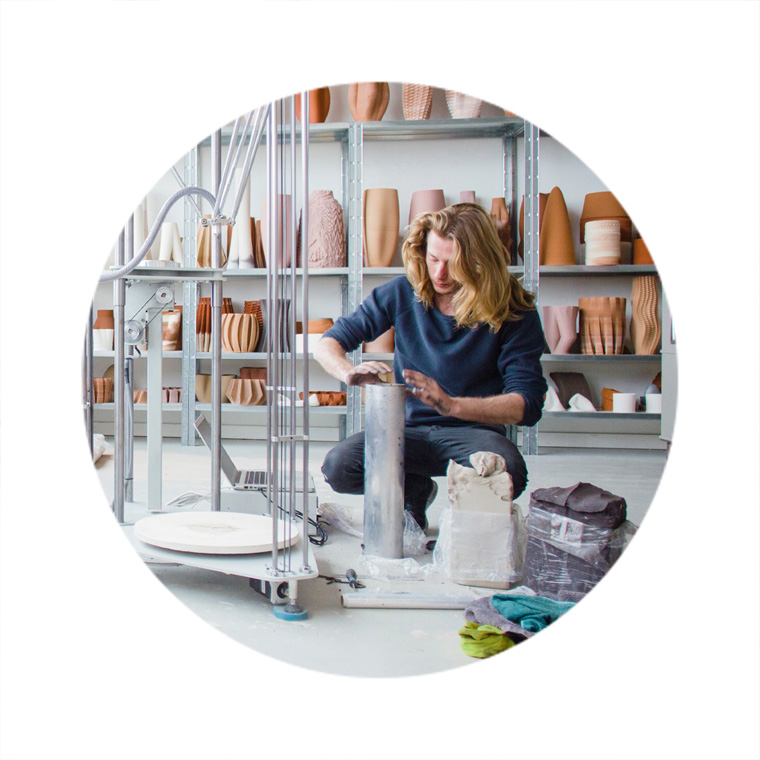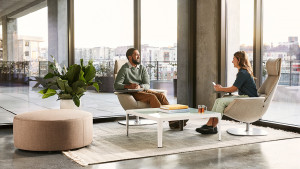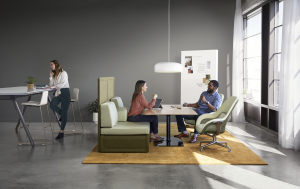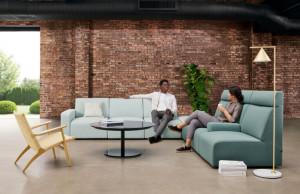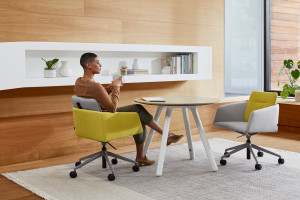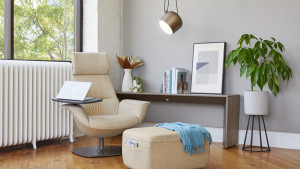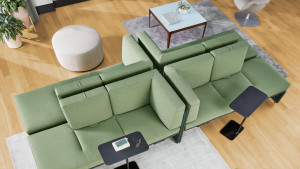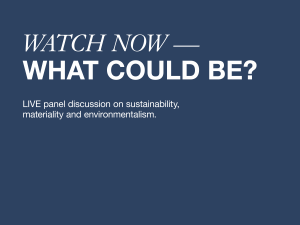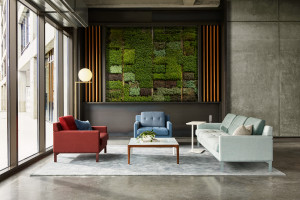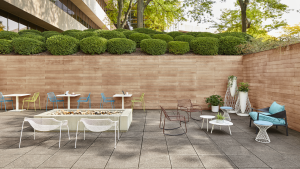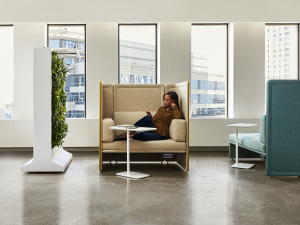What Makes an Office Design Mindful?

The practice of mindfulness has been around for centuries, especially in Eastern cultures — but in the past decade, mindfulness techniques, including meditation, have gone mainstream in Western society.
From doctors to schoolteachers to podcasters, everyone is talking about the benefits of mindfulness — how in our age of distraction, disconnection and information overload, we can reduce stress, manage anxiety and feel more content by slowing down and being more present to the people around us.
If being mindful is an antidote to society’s stressors, what role can it play in how we design the offices where workers spend so much of their time?
What Is Mindful Workplace Design?
Mindful design is a growing area of exploration in office design. It involves both the design process (the “how”) and the design application or solution (the “what”):
- Mindful process — an approach that focuses on developing products and spaces thoughtfully, unhurriedly and with a heightened awareness of end users’ needs
- Mindful application — a designed solution, whether it’s a tangible object or designed office space, that facilitates mindfulness for the user
The idea is that by fully and deliberately attending to the work they’re doing, office designers can create workspaces that will help people be more relaxed, more present and more creative in their daily tasks. Companies that embrace mindfully designed spaces for their team members see this as a way to promote greater employee wellbeing and engagement.
Mindful design practices have benefits for designers themselves, too, according to Nadia Surtees, a design researcher with IDEO.
“By making mindfulness a regular part of my design practice, I’ve not only become a better designer, but hopefully a kinder, more patient, and more empathetic person,” she wrote.
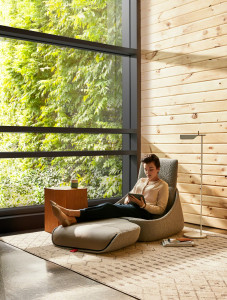
Hosu Lounge Seating, with its convertible chaise foldout, encourages mindful moments.
How to Bring Mindful Design into the Office
Designers who want to promote mindfulness in the office can start by understanding who their users are and what they want and need. For today’s multigenerational workforce, a large factor in employee effectiveness and engagement is having the power to choose — having agency over how and where to work.
The ability to select from a variety of spaces brings freedom, which in turn lets workers relax and reflect. Here are a few ideas for incorporating this sense of intentionality and mindfulness into the workplace:
- Provide spaces for people to quiet themselves, decompress, focus and rejuvenate — including both private enclaves and private workstations
- Create tech-free zones that encourage workers to unplug from the digital onslaught
- Accommodate a variety of work postures, including lounge postures
- If it suits the client’s company culture, create a dedicated meditation or yoga room where workers can re-center themselves mentally or physically
- Integrate calming elements like natural light, living walls, rich textures, soothing colors and pleasant views

Quiet enclaves provide spaces for workers to focus or simply relax, free from distractions. The enclaves pictured here feature Massaud Lounge Seating (left) and Millbrae Lifestyle Lounge Seating (right).
To learn more about mindfulness in the office environment, listen to the Steelcase 360 Real Time podcast episode “Use Mindfulness to Think Better.”

